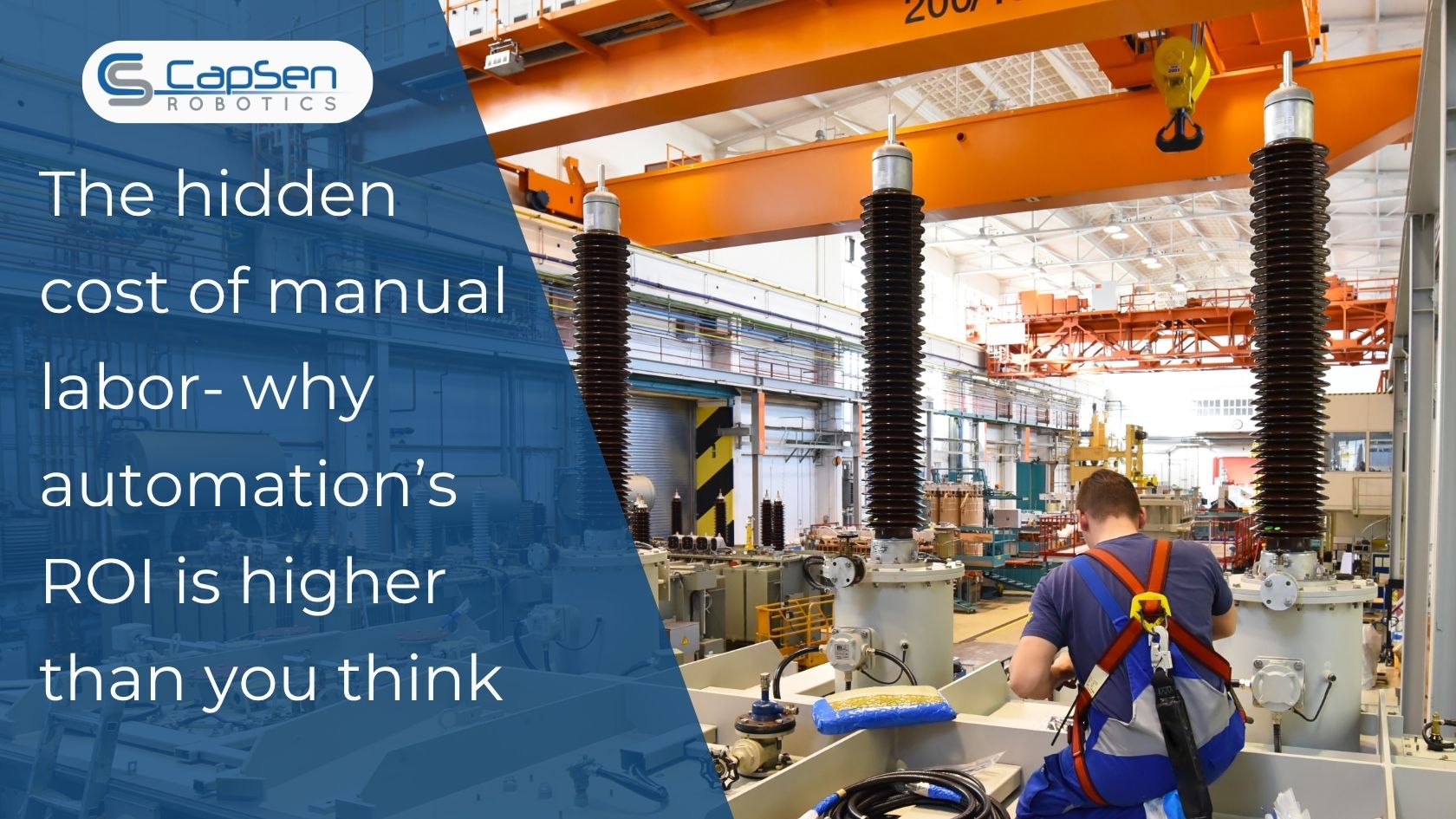The global manufacturing automation market size was estimated at USD 12.28 billion in 2023 and is projected to reach USD 23.96 billion by 2030, growing at a CAGR of 9.7% from 2024 to 2030.
Why Automation's ROI is Higher Than You Think
This growth is largely driven by a desire to overcome the hidden costs of manual labor that manufacturers often face. These costs include:
- Turnover and Training: The manufacturing industry's high turnover rate leads to significant costs. According to a report by the National Institute of Standards and Technology (NIST), recruiting and training new employees can cost up to 30% of their annual salary.
- Errors and Rework: Human error is a major financial drain. 80% of manufacturing defects are due to human error, and these quality-related costs can consume 15–20% of annual sales for many manufacturers. Robotic systems, like those powered by CapSen PiC, offer high accuracy, significantly reducing these expenses.
- Worker Safety: Workplace injuries cost U.S. businesses over $59 billion annually. Top injury causes—like handling heavy objects and repetitive tasks—are precisely the kinds of risks automation can mitigate, creating a safer work environment and lowering costs.
- Lost Productivity: Unlike human workers who require breaks and time off, robotic systems can operate 24/7 with consistent output. According to a 2022 McKinsey study, automation can boost manufacturing efficiency by up to 30%, with many systems providing a full return on investment in as little as 14–20 months.

